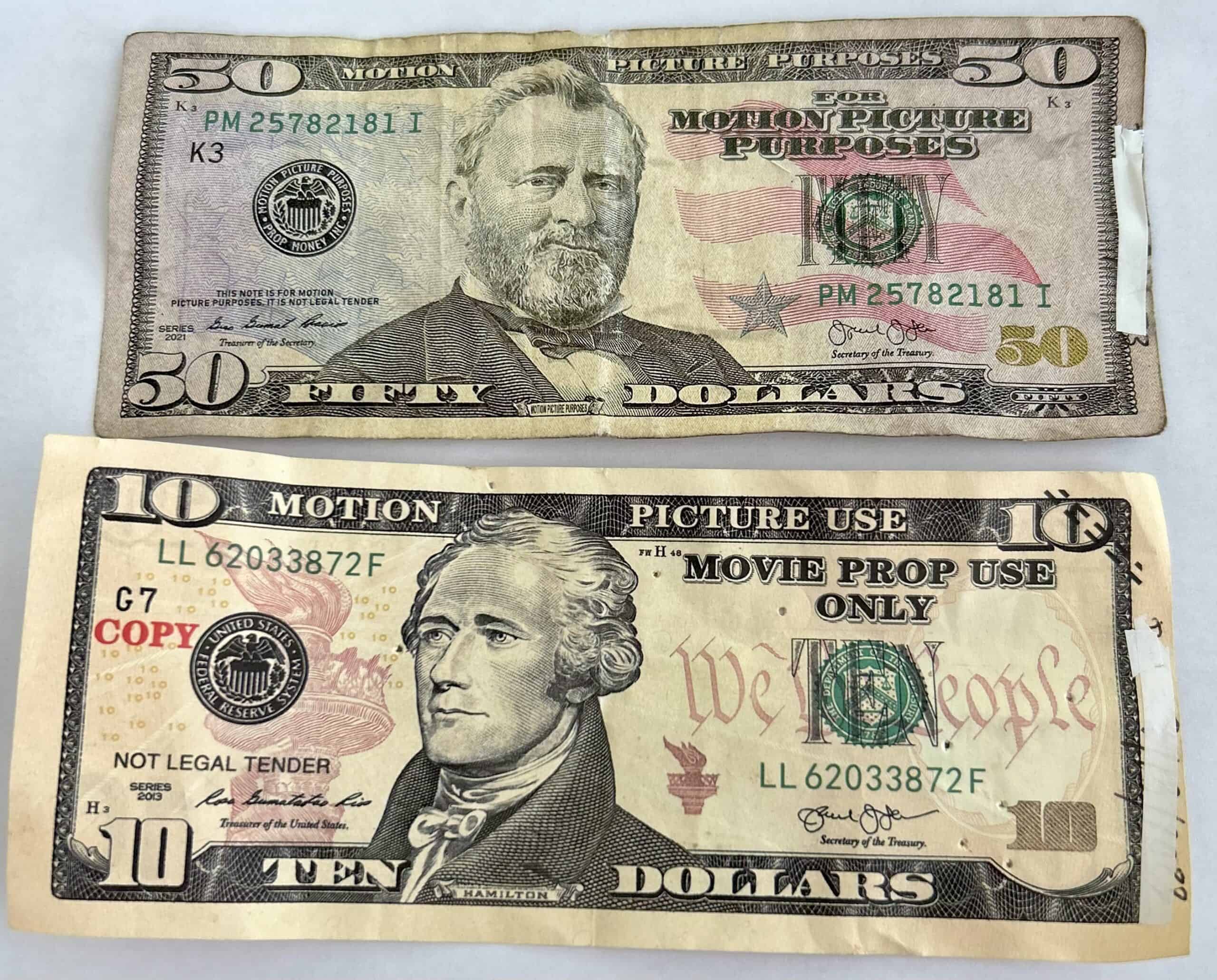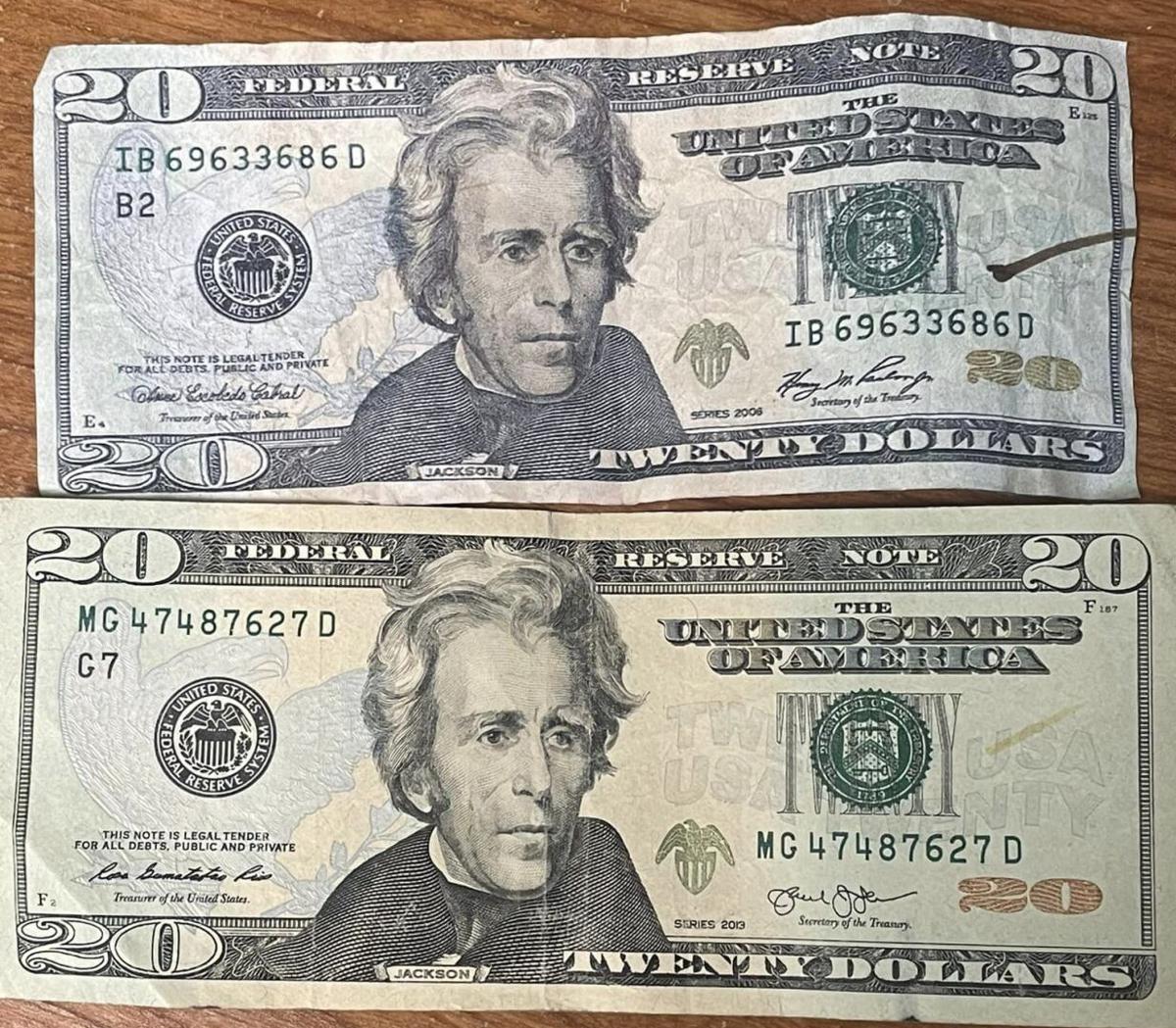Open Opportunities: Where to Find copyright Money up for sale
Wiki Article
Discover usings copyright in Artistic Creations and Theatrical Performances
Funny money, often synonymous with deceptiveness and illegality, holds a strange appeal when it discovers its way right into the realm of artistic creations and staged efficiencies. Its background is loaded with complex stories that have motivated musicians to integrate these reproductions into their jobs. From the visual arts to the dramatic stage, copyright money has been made use of in intriguing manner ins which test perceptions and prompt idea. As we look into the multifaceted uses phony money in these imaginative domain names, we begin to discover a globe where authenticity and imitation blur, triggering us to examine the very nature of worth and representation within art and performance.
Historical Value of Funny Money in Art
The historical significance of funny money in art is a facility and fascinating subject that clarifies the intersection of imagination, subversion, and socio-political commentary. Throughout history, artists have utilized funny money as a tool for challenging social standards, examining the worth of money, and making effective declarations regarding riches and power.One of the most notable instances of funny money in art go back to the Dada activity of the early 20th century - copyright money for sale. Artists such as Marcel Duchamp and Hannah Höch included copyright into their jobs to slam the capitalist system and explore the principle of worth in a rapidly changing world
Additionally, throughout times of economic instability or political turmoil, funny money has been made use of by artists as a form of objection or disobedience. By developing and distributing copyright, artists have had the ability to disrupt the status, difficulty authority, and prompt crucial conversations concerning the role of cash in society.
Impact of copyright on Visual Arts
Influencing the aesthetic arts landscape, phony money has served as a provocative medium for musicians looking for to test standard viewpoints on wide range and business. By incorporating phony cash into their works, artists provoke discussions on the nature of value, authenticity, and societal assumptions of wide range. Via the combination of copyright money, visual artworks can challenge visitors with questions concerning the power dynamics inherent in economic systems and the impressions of success. The usage of copyright in art additionally increases honest considerations pertaining to the borders of imaginative expression and the implications of duplicating legal tender. Phony currency in visual arts can offer as a discourse on customer society, materialism, and the relentless quest of riches in modern culture. Generally, the influence of copyright money on aesthetic arts is complex, boosting crucial reflections on the crossway of money, art, and societal values.Importance and Meaning in Theatrical copyright Displays
Utilizing staged copyright displays, musicians use symbolic depictions to communicate deeper definitions and stimulate thought-provoking interpretations within the world of efficiency art. With the unification of imitation money in theatrical manufacturings, designers can discover motifs such as greed, power, corruption, and the illusion of riches. The use of phony money on stage can serve as article an allegory for social problems, financial differences, and the delicacy of monetary systems.In staged efficiencies, the symbolic value of copyright cash prolongs past its financial well worth. It can represent the deceptive nature of appearances, the quest of materialistic wishes, and the repercussions of underhanded behavior. By utilizing funny money as a prop, musicians can challenge audiences to question truth definition of wealth and the moral boundaries that individuals might cross in its quest.
Honest Factors To Consider being used copyright Money for Art

One significant ethical consideration is the potential lawful effects of using copyright in art. Counterfeiting currency is illegal in many countries and can bring about severe repercussions for artists who intentionally include fake bills right into their job. copyright money for sale. This not just places the musician at danger but likewise questions regarding advertising prohibited tasks with art
Furthermore, there is an honest issue regarding the authenticity of the artwork itself. Using fake cash obscures the line in between fact and replica, potentially tricking visitors and endangering the integrity of the creative item. Musicians need to take into consideration whether the usage of funny money lines up with their values and artistic intentions, considering the possible effect on their online reputation and credibility.
Future Fads in Funny Money Integration
Considering the advancing landscape of imaginative expression, the consolidation of funny money in creative works may witness helpful resources a shift in the direction of ingenious and provocative opportunities. As artists remain to press article source limits and check out brand-new tools, copyright cash might progressively be utilized to challenge social norms, question the worth of money, or make effective statements concerning wealth and consumerism.One future pattern in funny money combination might be its usage in immersive art setups where audiences are motivated to interact with the pieces, blurring the lines in between fact and illusion. Furthermore, innovations in modern technology might result in the development of hyper-realistic phony cash that is practically tantamount from authentic currency, opening opportunities for a lot more in-depth and elaborate artworks.
In addition, partnerships between artists and counterfeiters could result in one-of-a-kind items that incorporate traditional artistic strategies with the craftsmanship of developing funny money. Nonetheless, ethical factors to consider surrounding the legitimacy and principles of utilizing funny money in art will continue to be a factor of opinion as these future trends unfold.
Verdict
To conclude, the uses of funny money in imaginative developments and staged efficiencies have a long background and remain to be a resource of ideas for artists. From its historical value to its effect on visual arts and importance in theatrical screens, funny money plays a distinct duty in the art world. Nonetheless, moral considerations need to be thought about when making use of copyright cash for imaginative purposes. The assimilation of funny money in art is most likely to continue evolving in the future.Overall, the impact of phony currency on aesthetic arts is multifaceted, boosting vital reflections on the junction of money, art, and social worths.

In conclusion, the usages of imitation money in creative developments and staged efficiencies have a lengthy background and continue to be a resource of ideas for artists. Ethical considerations need to be taken into account when using phony cash for creative functions. The assimilation of copyright cash in art is most likely to proceed progressing in the future.
Report this wiki page